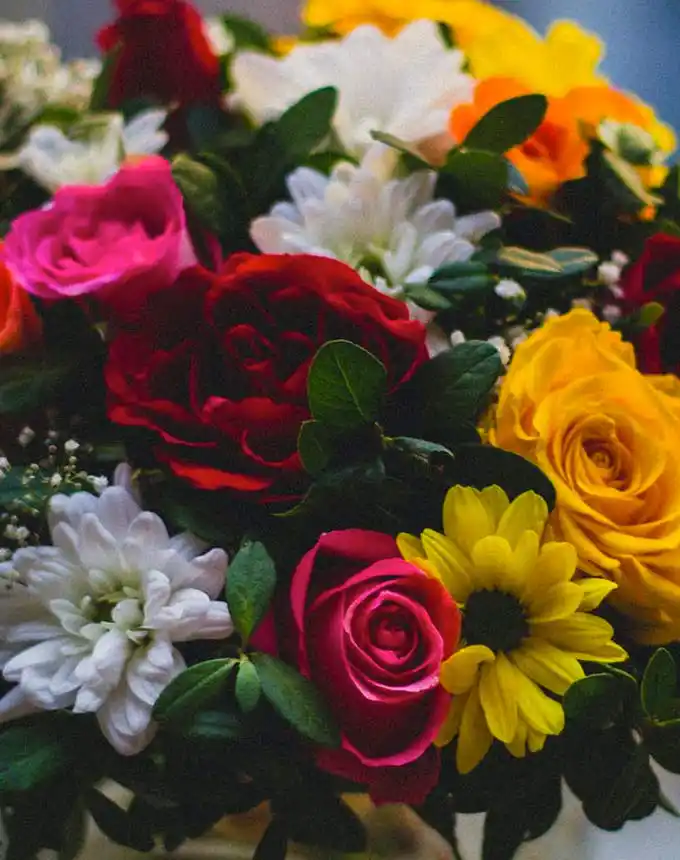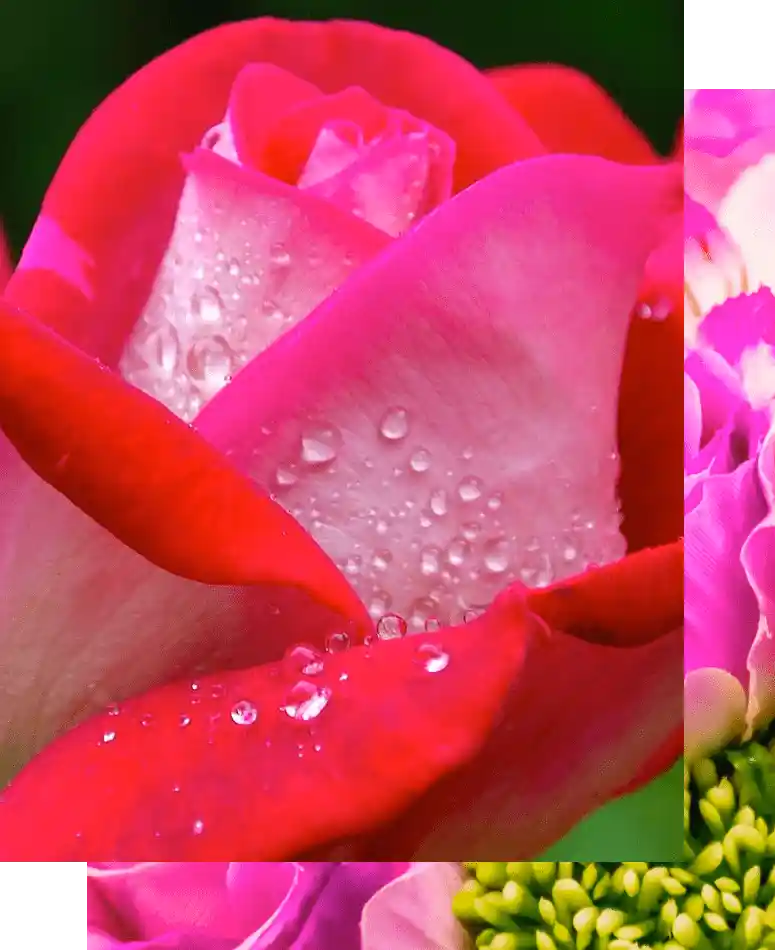
The People Behind Your Red Roses
Flowers: Part II
Intersectional Community Strategist

The red rose, a symbol of love, has arrived at its spotlight moment: Valentines Day. These red roses hold secrets, ones that may surprise you.
In our last flower post, we focused on the journey of flowers and how these flowers are grown. It was revealed that flowers imported to the US are covered with and grow in harmful chemicals/pesticides which serve as an explanation to the visual perfection of the red rose. This led to exploring the emergent local flower grower movement in the US and wanting to uplift those doing this important work here.
How has working around these harmful chemicals affected them and their families?
Why do they continue to do this work?
How does this play into environmental racism?
How do we support these flower growers?

Most of the flowers we are greeted with in lobbies and super markets are grown by Black and Brown peoples all over the globe. With local flowers only making up 25% of today’s US flower market – this makes it safe to say that the flowers that make up most of today’s market (in the US and in Europe) come from the skilled growers in Columbia, Kenya, Ecuador, Ethiopia and Mexico.
Women in the industry had more miscarriages than average and that more than 60 percent of all workers suffered headaches, nausea, blurred vision or fatigue.
Recent studies have revealed that flowers, especially red roses, hold 107 different active substances that were either herbicides, fungicides, or insecticides. The most active substances that were tested reached concentrations that are approximately 1000 times above the maximum limit set for food. For us as the consumer, receiving a bouquet one or twice a year might not pose a huge threat to our health but for the flower grower it’s a whole different story.
Flower workers are particularly vulnerable to acute food insecurity…
…as earnings are low, the workforce relies on itinerant migrants who live a hand to mouth existence; without wages and no savings, they have no way of paying for food.”
95% of the flower farmer population in the United States is white.
As much as it helps the earth and your own personal health to buy flowers from your local US based flower grower, the reality is this grower is most likely white (95% of the farmer population in the US is white) and this takes away from supporting a black or brown farmers in Africa or South America. It is time for us to also use our intersectional, regenerative lens to acknowledge and work towards eradicating white supremacy in the floral industry and food system alike.
Some ways to support black and brown international flower farmers are:
Buy fairtrade flowers.
Find or ask your florist and floral designers to use fair trade flowers for arrangements.
Continue to educate yourself and community about white supremacy in the floral industry.
Here are some good resources…

Behind Roses' Beauty, Poor and Ill Workers

Low Wages and Poor Conditions

